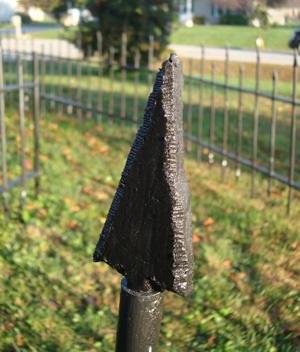
Lifestyle
DIY Halloween project: Building a cemetery fence for your yard
After years of the kids making fun of me for having most of my Halloween decorations inside where ... Read more

After years of the kids making fun of me for having most of my Halloween decorations inside where ... Read more